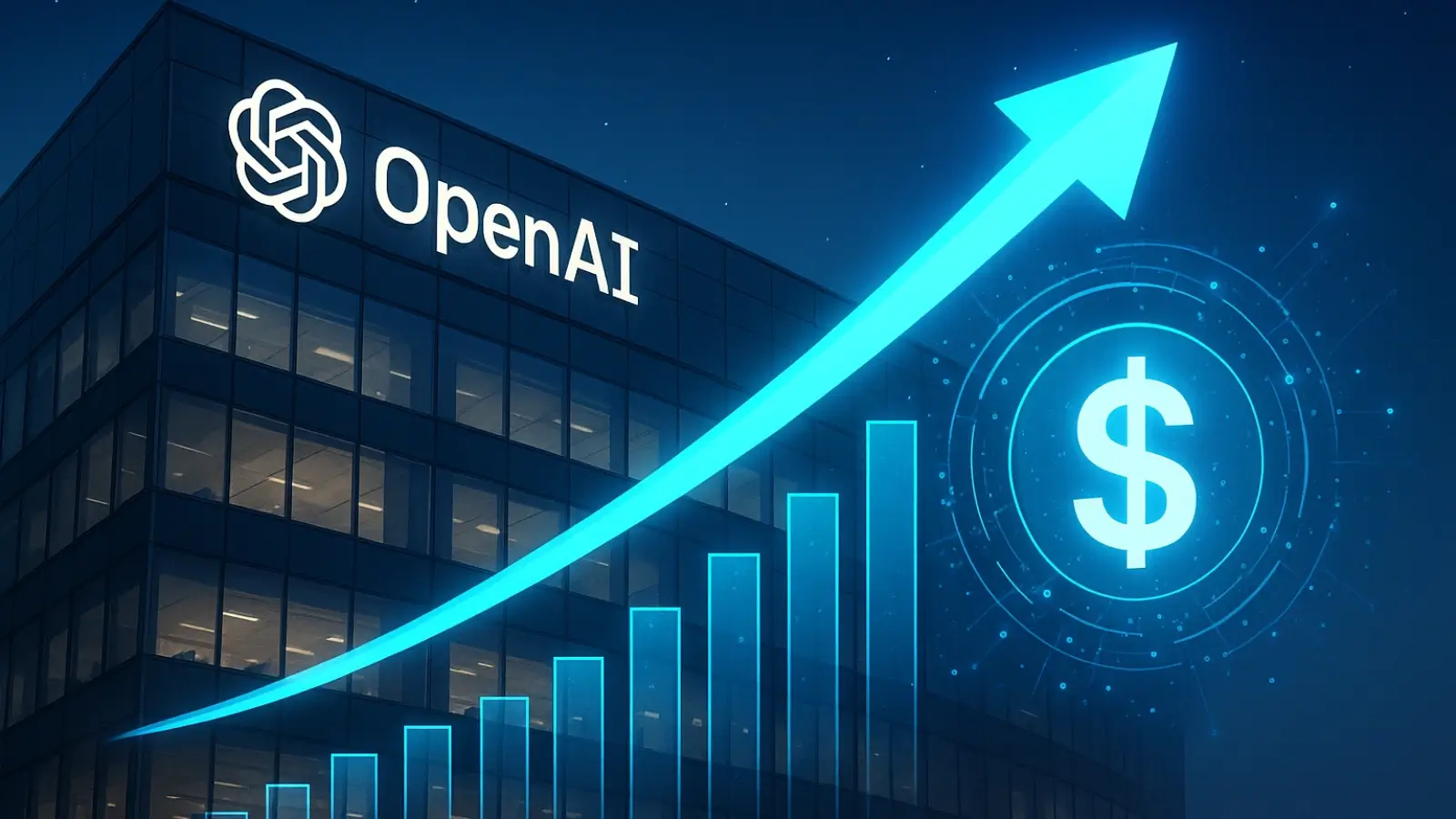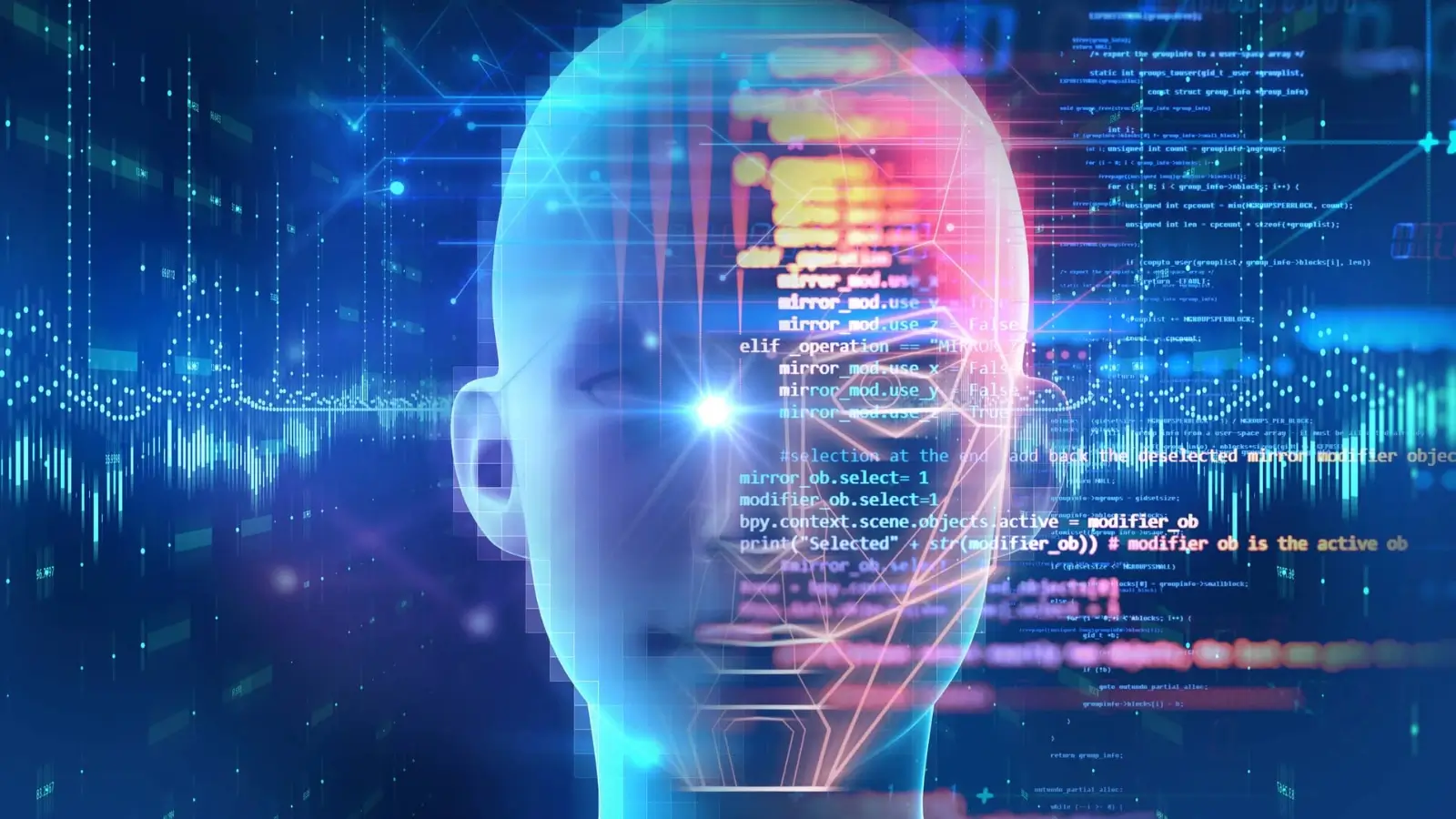— Advanced document verification algorithms are transforming fraud prevention and digital onboarding across industries.
Introduction: Why Document Verification Matters More Than Ever
In a world where fraud and identity theft are escalating, organizations across banking, fintech, healthcare, and eCommerce are under immense pressure to validate customer identities with precision. The traditional manual methods of verification are not only time-consuming but also prone to human error. This is where document verify processes powered by advanced algorithms come into play.
By leveraging artificial intelligence (AI), machine learning (ML), and optical character recognition (OCR), modern document verification systems are redefining the way businesses protect themselves and their customers.
The Core Role of Algorithms in Document Verification
Document verification might seem simple at first glance: capture, scan, and approve. However, under the surface lies a sophisticated network of algorithms designed to detect fraud, confirm authenticity, and validate data.
Here are some of the key algorithmic approaches used in modern document verify solutions:
- Optical Character Recognition (OCR): Extracts text from scanned or photographed IDs, passports, or licenses with high accuracy.
- Image Recognition Algorithms: Detect logos, holograms, fonts, and watermarks unique to government-issued documents.
- Pattern Recognition: Compares input data against known templates in massive databases.
- AI & Machine Learning Models: Continuously train on vast datasets of legitimate and fraudulent documents to detect anomalies faster.
- Liveness & Forgery Detection: Algorithms analyze texture, shadow, and movement to spot counterfeit or manipulated documents.
Step-by-Step: How Advanced Algorithms Work in Document Verification
Step 1: Document Capture & Pre-Processing
Users upload an image of their document through a secure interface. Algorithms automatically enhance image quality by adjusting brightness, correcting skew, and cropping irrelevant areas.
Step 2: Data Extraction
OCR technology extracts critical data points such as names, addresses, ID numbers, and dates. AI then validates whether the data follows expected patterns (e.g., passport number formats).
Step 3: Security Feature Check
Algorithms analyze embedded security features holograms, barcodes, MRZ codes, and watermarks to confirm authenticity.
Step 4: Database Cross-Referencing
Data is matched against official databases, sanctions lists, and watchlists to flag high-risk individuals.
Step 5: Fraud Detection
AI models check for signs of forgery such as mismatched fonts, irregular pixelation, or evidence of image manipulation.
Advantages of Algorithm-Driven Document Verification
- Speed: Automated systems can process thousands of documents within seconds.
- Accuracy: Reduced human error with continuous AI learning.
- Scalability: Handles high onboarding volumes without compromising quality.
- Fraud Resistance: Detects deepfakes, photoshopped images, and counterfeit IDs.
- Regulatory Compliance: Ensures KYC, AML, and GDPR obligations are met.
Real-World Applications of Advanced Document Verify Solutions
- Banking & Fintech: Preventing synthetic identity fraud during remote account opening.
- Travel & Immigration: Validating passports and visas to streamline airport security.
- Healthcare: Verifying insurance documents and patient IDs securely.
- eCommerce: Reducing fraudulent transactions in online marketplaces.
Challenges in Algorithm-Based Document Verification
While powerful, even advanced algorithms face hurdles:
- Low-Quality Uploads: Blurry or incomplete images reduce accuracy.
- Evolving Fraud Techniques: Criminals use advanced forgeries, requiring continuous algorithm updates.
- Privacy Concerns: Handling sensitive personal data requires secure encryption and compliance with global standards.
The Future of Document Verification Algorithms
The next wave of innovations will include:
- AI-Powered Predictive Analytics: Anticipating fraud patterns before they occur.
- Blockchain Integration: Creating immutable verification records.
- Hybrid Models: Combining human intelligence with AI to achieve near-perfect accuracy.
- Behavioral Analytics: Tracking user actions during upload (like hesitations or repeated attempts) to detect suspicious intent.
Conclusion: Smarter Algorithms, Safer Transactions
As fraud techniques evolve, organizations must adopt smarter tools to stay ahead. Advanced document verify algorithms are not just improving security but also making onboarding faster, smoother, and more user-friendly.
By combining AI, machine learning, and OCR, businesses can ensure compliance while protecting their customers against fraud. The future of trust in the digital economy lies in algorithm-driven verification.
FAQs
Q: What makes algorithm-driven document verify more reliable than manual checks?
A: Algorithms analyze vast data points in seconds, detect subtle anomalies, and adapt through machine learning something human verifiers cannot achieve at scale.
Q: Can document verification systems detect fake IDs?
A: Yes, advanced systems use forgery detection algorithms to spot fakes based on texture, font inconsistencies, and hologram analysis.
Q: Is AI in document verification secure?
A: Leading providers use encryption and privacy-by-design principles to ensure biometric and personal data remains secure.


